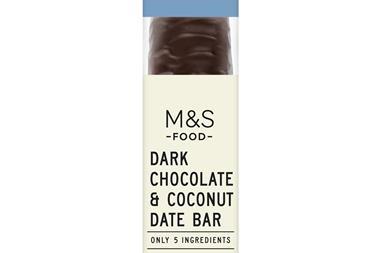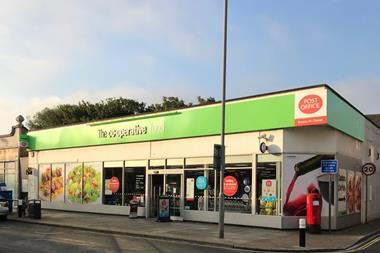The average retailer has 52 RTD skus on a typical fixture, perhaps belying the slump the category is experiencing after years of growth.
However, the fixture does reflect how hard each brand has to fight for its shelf space by its higher than average number of products on promotion at 19%.
RTDs are often an impulse purchase and dictated by fashion trends. The category has a particular struggle right now in the face of heavy beer discounting during the Euro 2004 championships. Somerfield has one of the smaller ranges, at 44 skus, while the percentage of those on promotion, at 17%, is also lower than most. Its ability to keep up with consumer demand is an issue though, because we found 24% of normal lines and 31% of promotional lines at risk during peak Thursday and Friday afternoons.
Sainsbury has 45 products in the category and 21% are on some form of promotion. Availability levels are a little worse than the sector average, with 11% of non-promotional skus and 22% of those on promotion at risk.
Safeway’s performance seems marginally better under new management as only 6% of normal lines and 23% of promotional lines are at risk. It’s interesting that a typical Morrisons currently has significantly more skus on the shelf than Safeway - and 15 more than the average multiple. We recorded 23% of RTDs on promotion in Morrisons with only 16% low on stock, no doubt reflecting the breadth of choice on offer. Asda has 61 skus in a typical store, with a massive 32% of these on one type of deal or another. Shoppers here should find exactly what they want as only 7% of products on promotion and 10% of normal lines were low on stock.
Experience says that when the number of skus on promotion is cut, shoppers hit the promotions hard - with out of stocks a regular occurrence. However, given Tesco has only 9% of skus on promotion, it can be pleased with its availability as only 8% of normal lines and 5% of promotional lines were at risk.
However, the fixture does reflect how hard each brand has to fight for its shelf space by its higher than average number of products on promotion at 19%.
RTDs are often an impulse purchase and dictated by fashion trends. The category has a particular struggle right now in the face of heavy beer discounting during the Euro 2004 championships. Somerfield has one of the smaller ranges, at 44 skus, while the percentage of those on promotion, at 17%, is also lower than most. Its ability to keep up with consumer demand is an issue though, because we found 24% of normal lines and 31% of promotional lines at risk during peak Thursday and Friday afternoons.
Sainsbury has 45 products in the category and 21% are on some form of promotion. Availability levels are a little worse than the sector average, with 11% of non-promotional skus and 22% of those on promotion at risk.
Safeway’s performance seems marginally better under new management as only 6% of normal lines and 23% of promotional lines are at risk. It’s interesting that a typical Morrisons currently has significantly more skus on the shelf than Safeway - and 15 more than the average multiple. We recorded 23% of RTDs on promotion in Morrisons with only 16% low on stock, no doubt reflecting the breadth of choice on offer. Asda has 61 skus in a typical store, with a massive 32% of these on one type of deal or another. Shoppers here should find exactly what they want as only 7% of products on promotion and 10% of normal lines were low on stock.
Experience says that when the number of skus on promotion is cut, shoppers hit the promotions hard - with out of stocks a regular occurrence. However, given Tesco has only 9% of skus on promotion, it can be pleased with its availability as only 8% of normal lines and 5% of promotional lines were at risk.

















No comments yet